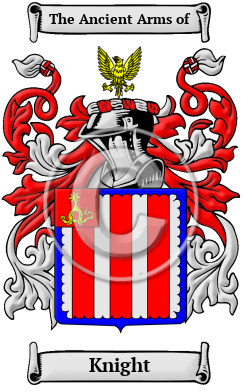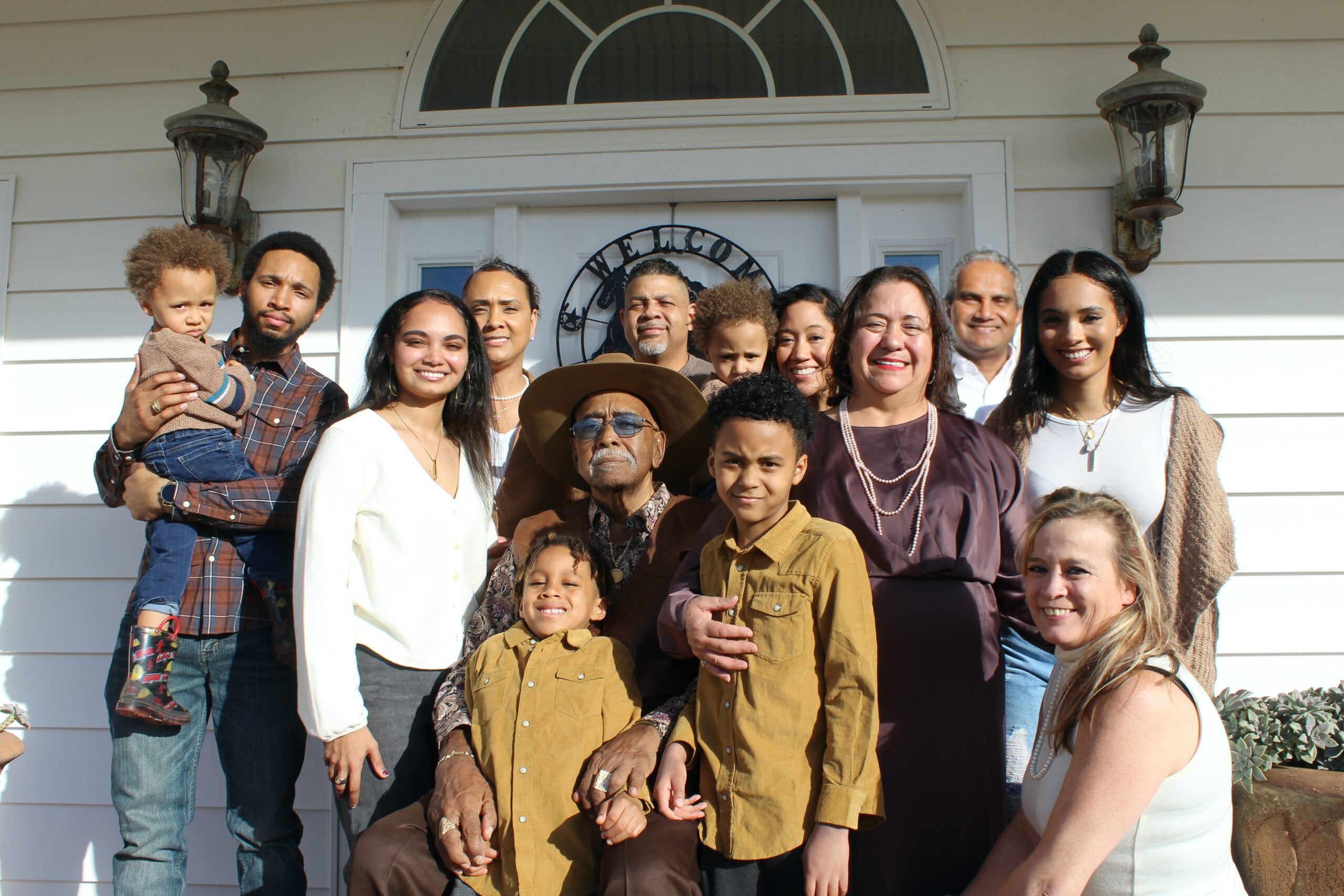-
TRIBAL AFFILIATION
Tyee Raini Bey
-
SURNAME HERITAGE
England Scotland

Knight History, Family Crest & Coats of Arms
The ancient name of Knight finds its origins with the ancient Anglo-Saxon culture of Britain. It comes from a name for a knight, who was usually a feudal tenant deriving its origin from the Old English word cniht, which means knight. The word cniht also means servant and common soldier. Knighthood was established as a military profession by the 10th century. With the Norman Conquest and the resultant changes in the social order, knighthood became an established feudal rank, directly under that of a Baron. It was associated with the holding of land, but was not hereditary. Because land was hereditary and knighthood was not, there grew up a body of landless knights, who often banded together into military orders, such as the Knights Templar, and the Knights Hospitalers. As time went by, cavalry decreased in importance in warfare and the excesses of the Knights Templar brought the institution of knighthood into disrepute. The Knights Templar were suppressed by Pope Clement V in 1312. By the 16th century knighthood became a civil distinction.
Early Origins of the Knight family
The surname Knight was first found in Suffolk where one of the first records of the name was John le Cnitht who was listed in the Hundredorum Rolls of 1273. The same rolls also lists: Gilbert le Knyt in Cambridgeshire; Roger le Knith in Oxfordshire; and Ellis le Knyght in Wiltshire.
The surname was “well distributed over England south of a line drawn from the Humber to the Dee. In the northern part of England it is singularly rare. Sussex stands foremost for the number of its Knights, and after it come, in their order, Hants, Leicestershire and Rutland, and Gloucestershire. In Norfolk and Suffolk we have the form of Knights.” 1
The Yorkshire Poll Tax Rolls of 1379 list: Johannes Knyght; Willelmus Kneyte; Thomas Knycht: and Willelmus Knygth. 2 Some of the family were found in Scotland in early times. Robert dictus Knycht was burgess of Abirbrothoc and had a charter of a piece of land in Aberbrothoc in 1331. In 1435, John Knycht was canon of Brechin and rector of Funewyn (Finhaven.) He is probably the John Knycht who appears on an inquest on the lands of Tulloch in 1438. 3
More recently some of the family held estates at Aston-Sub-Edge in Gloucestershire. “Norton-Burnt House, so called from the greater portion of it having been destroyed by fire while the seat of Sir William Knight, Bart., is the property of the Earl of Harrowby.” 4
Another branch was found at Letwell in the West Riding of Yorkshire. “The family seat of the Knights, here, an ancient house, was taken down by the late Mr. Gally Knight when he removed his residence, a few years since, to the mansion at Firbeck; but the offices, with the gardens and pleasure-grounds, in the latter of which is an extensive lake, are still remaining.” 4
To the far south and west in Stoke-Climsland, Cornwall, in early days the Knight family had a family seat at Aldren. 5


